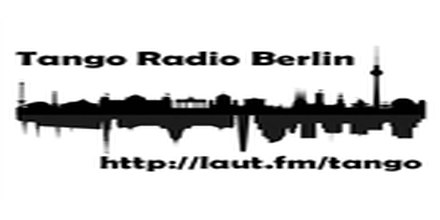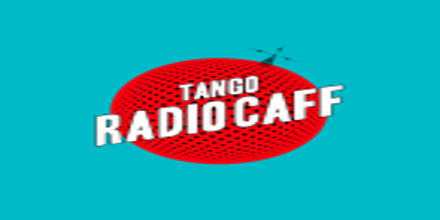Tango is an intense and passionate dance form that originated in the late 19th century in the working-class neighborhoods of Buenos Aires, Argentina, and Montevideo, Uruguay. It emerged from the fusion of various cultures, including African rhythms brought by slaves, Spanish and Italian folk dances, and elements of native Argentine music. Tango is not just a dance; it is a deeply emotional and expressive art form that embodies the soul of its people.
The music of tango is characterized by its distinctive rhythm, often described as a "walking" beat, which is created by a combination of instruments including the bandoneón, violin, piano, and double bass. The bandoneón, a type of concertina, is particularly iconic to tango music, contributing a mournful, melancholic sound that evokes both joy and sorrow. Tango lyrics often explore themes of love, loss, and the struggles of everyday life, reflecting the urban experiences of its creators.
Tango dance itself is known for its close embrace and intricate footwork. Dancers move in sync with the music, their bodies swaying and turning in a fluid, sensual manner. The dance requires a high degree of skill and coordination, as partners must anticipate each other's movements and respond instantly to changes in rhythm. There are several styles of tango, including Tango Salón, which is danced socially in milongas (tango dance events), and Tango Escenario, which is performed on stage and often includes more dramatic and acrobatic elements.
Tango has evolved over the years, influencing and being influenced by various musical genres. In the early 20th century, it gained popularity in Europe, particularly in Paris, where it was seen as exotic and alluring. This period saw the rise of famous tango orchestras led by musicians like Carlos Gardel and Osvaldo Pugliese, who helped to shape the genre's sound and reputation.
In the mid-20th century, tango underwent a revival known as "nuevo tango," pioneered by Astor Piazzolla. Nuevo tango incorporated elements of jazz and classical music, expanding the traditional tango orchestra with additional instruments like the electric guitar and synthesizer. This innovation gave tango a more modern and experimental edge, attracting new audiences and keeping the genre vibrant and relevant.
Today, tango continues to thrive both in its countries of origin and around the world. It has been recognized by UNESCO as an Intangible Cultural Heritage of Humanity, acknowledging its significance as a cultural expression that transcends borders and generations. Tango festivals, workshops, and performances are held globally, drawing enthusiasts who appreciate its rich history, emotional depth, and technical complexity.
Whether experienced in a smoky milonga or on a grand stage, tango remains a powerful and captivating art form. It tells stories of love, longing, and the human condition, all wrapped in a mesmerizing blend of music and movement that continues to enchant audiences worldwide.
 3.1k
3.1k
 1
Germany, Berlin Tango 128 kbps MP3
1
Germany, Berlin Tango 128 kbps MP3 1.3k
Italy, Reggio Emilia Tango
1.3k
Italy, Reggio Emilia Tango











